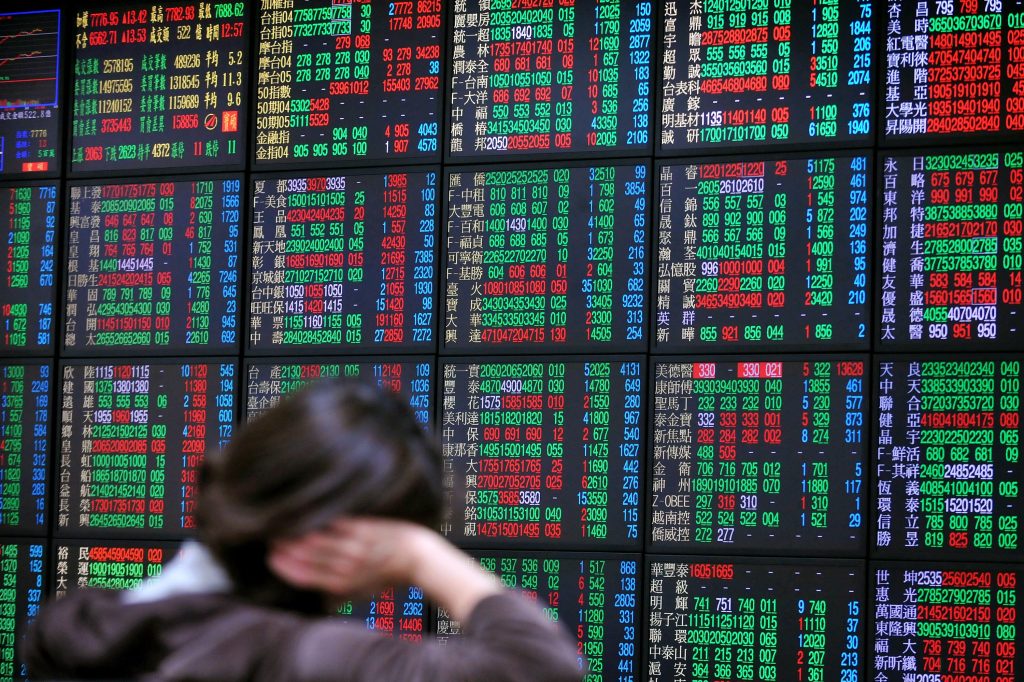Introduction: Japan’s Stock Market in the Spotlight
Japan’s stock market has been on a remarkable rally over the past few years, attracting attention from global investors eager to capitalize on the country’s economic resurgence. The Tokyo Stock Exchange (TSE) has seen its key indices, such as the Nikkei 225, reach levels not seen in decades, fueled by a combination of strong corporate earnings, favorable economic policies, and improving investor sentiment.
However, as Japan’s stock market hits new highs, the big question is whether this rally is sustainable or if it is merely a short-term phenomenon. Global investors looking to diversify their portfolios or take advantage of Japan’s market opportunities need to consider the underlying factors driving the rally and the potential risks that lie ahead.
In this article, we will explore the key news and developments from the Tokyo Stock Exchange, evaluate the market conditions that are fueling Japan’s stock rally, and assess the risks and challenges that investors should keep in mind when deciding whether to invest in Japan.
Key News from Tokyo Stock Exchange
1. Corporate Earnings Driving Market Momentum
One of the primary drivers of Japan’s stock market rally has been the impressive performance of Japanese companies, especially in the technology, automotive, and consumer sectors. Major corporations such as Toyota, Sony, SoftBank, and Honda have reported strong earnings, fueled by both domestic demand and exports. The profitability of these companies has translated into a positive market sentiment, pushing the Nikkei 225 index to multi-decade highs.
Japanese companies have been able to increase productivity and efficiency, with many shifting their focus to higher-margin products and services. For example, Sony has benefited from strong sales in its gaming and entertainment segments, while Toyota has capitalized on the increasing demand for electric vehicles and hybrid technology.
Moreover, Japan’s corporate governance reforms have played a significant role in improving transparency and investor confidence. Initiatives like the Corporate Governance Code and Stewardship Code have encouraged Japanese companies to focus on shareholder returns, further boosting stock prices.
2. Monetary Policy and the Bank of Japan’s Role
The Bank of Japan (BoJ) has been instrumental in Japan’s economic recovery and its stock market rally. The BoJ’s ultra-loose monetary policy, characterized by near-zero interest rates and aggressive asset purchases, has provided ample liquidity to the market. The BoJ has also kept its quantitative easing (QE) programs in place, ensuring that the financial system remains flush with cash.
These monetary policies have contributed to a weaker yen, which has boosted exports by making Japanese goods more competitive in global markets. As a result, the profitability of Japan’s export-heavy industries, particularly in technology and automotive, has seen significant improvement, supporting the rally in Japanese equities.
However, the BoJ’s policies also have limitations. As Japan’s debt continues to rise and inflation remains a challenge, the central bank faces mounting pressure to adjust its policies. Investors are closely watching how the BoJ will navigate these issues, as any significant changes in monetary policy could impact market stability.
3. Strong Global Demand for Japanese Products
Japan’s economic recovery has also been supported by global demand for its products, particularly in the areas of technology, automobiles, and manufacturing. As global economies have emerged from the COVID-19 pandemic, Japan’s well-established supply chains and high-quality manufacturing have positioned it as a key player in the global market.
For instance, Japan’s semiconductor industry has benefited from global shortages and increasing demand for advanced technologies. Japanese companies such as Renesas Electronics and Tokyo Electron have seen record profits due to the rise in demand for chips, which are essential for everything from consumer electronics to automotive manufacturing.
Moreover, Japan’s commitment to innovation and cutting-edge technologies in areas like robotics, artificial intelligence (AI), and renewable energy has helped position it as a global leader in technological development. This global demand for Japanese products continues to support Japan’s stock market rally.
4. Improving Investor Sentiment and Foreign Inflows
In recent years, Japan has seen an increase in foreign investments as global investors have started to take notice of the country’s improved market conditions. Foreign investors are particularly attracted to Japan’s relatively low valuation compared to other major markets like the United States and Europe, which makes Japanese stocks look appealing from a valuation perspective.
The Tokyo Stock Exchange has seen a rise in foreign inflows, especially from institutional investors looking for diversification and exposure to emerging growth opportunities. Japan’s stable economic policies, corporate earnings growth, and favorable regulatory environment have contributed to a positive outlook for the country’s stock market.

Market Conditions and Risks Ahead
1. Challenges of an Aging Population
One of the long-term challenges that Japan faces is its aging population. Japan has one of the oldest populations in the world, with a declining birth rate and increasing life expectancy. This demographic trend poses significant challenges for the country’s economy, particularly in terms of labor shortages, healthcare costs, and the pension system.
As Japan’s workforce shrinks, the country may face difficulties in sustaining the economic growth that has fueled the current stock market rally. The government has been working to address these challenges through policies aimed at increasing immigration, improving workforce participation, and encouraging higher birth rates. However, these measures may take years to bear fruit, and the demographic headwinds could weigh on Japan’s long-term economic growth.
2. Global Economic Uncertainty and External Risks
Japan’s stock market rally is also susceptible to external risks, particularly from global economic uncertainty. Factors such as U.S. monetary policy changes, geopolitical tensions, and trade disruptions could have a significant impact on Japan’s export-driven economy.
For instance, a stronger yen could hurt Japan’s exports by making them more expensive for foreign buyers. Additionally, trade conflicts or disruptions in global supply chains could negatively affect the profitability of Japanese manufacturers, particularly those in the tech and automotive sectors.
Japan’s dependence on global demand means that any slowdown in major markets such as the United States, China, or Europe could have a ripple effect on Japan’s stock market, potentially leading to a market correction.
3. Inflation and the Risk of Rising Interest Rates
While Japan has largely been insulated from inflationary pressures in recent years, rising global inflation could pose a risk to the country’s economic stability. As central banks around the world, including the Federal Reserve, raise interest rates to combat inflation, Japan may face challenges in maintaining its low-interest-rate environment.
If inflation begins to take hold in Japan, the Bank of Japan could be forced to adjust its policies, potentially leading to higher interest rates. This could dampen consumer spending, increase borrowing costs for businesses, and reduce the attractiveness of Japanese stocks.
4. Corporate Debt and Corporate Governance Risks
Although Japan’s corporate sector has made significant strides in improving governance and profitability, concerns about corporate debt and governance remain. While many Japanese companies have increased their shareholder returns through higher dividends and share buybacks, corporate debt levels in some sectors remain high.
Investors need to be cautious about companies with excessive debt, especially in the context of potential interest rate hikes or economic slowdowns. Additionally, while Japan has made strides in corporate governance, issues such as management transparency and executive compensation continue to be areas of concern for some investors.
Conclusion: Is the Rally Sustainable?
Japan’s stock market has undoubtedly enjoyed a remarkable rally in recent years, driven by strong corporate earnings, favorable monetary policies, and global demand for Japanese products. However, the sustainability of this rally will depend on a variety of factors, including how Japan addresses its demographic challenges, external risks, and the potential for inflationary pressures.
For global investors, Japan offers a unique opportunity for diversification, especially in sectors such as technology, automobiles, and renewable energy. However, investors must also be aware of the risks, including demographic headwinds, global economic uncertainty, and potential shifts in monetary policy.
The key to successfully navigating Japan’s stock market lies in balancing the opportunities with the risks. By carefully selecting stocks in sectors poised for long-term growth and staying informed about the macroeconomic landscape, investors can position themselves to benefit from Japan’s continued market potential.














































